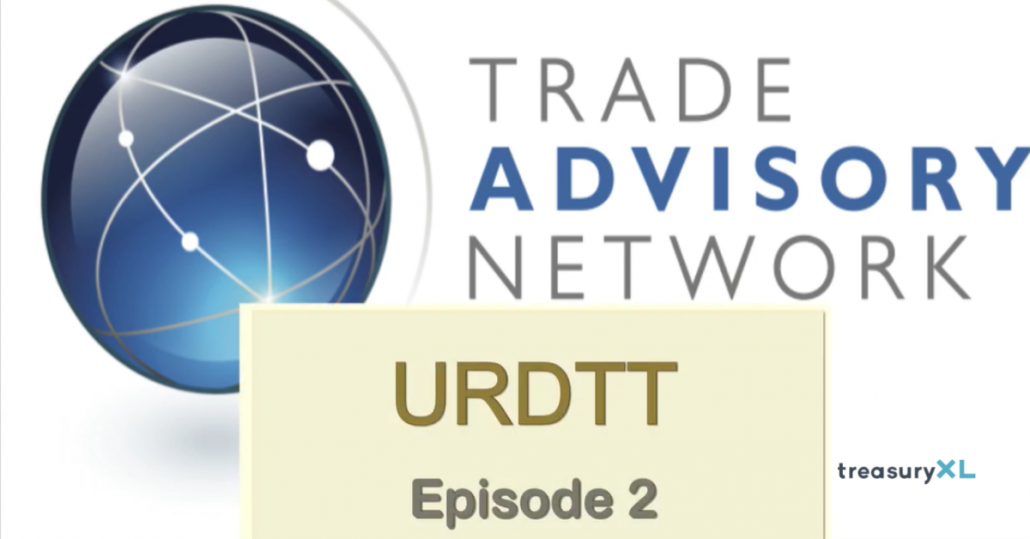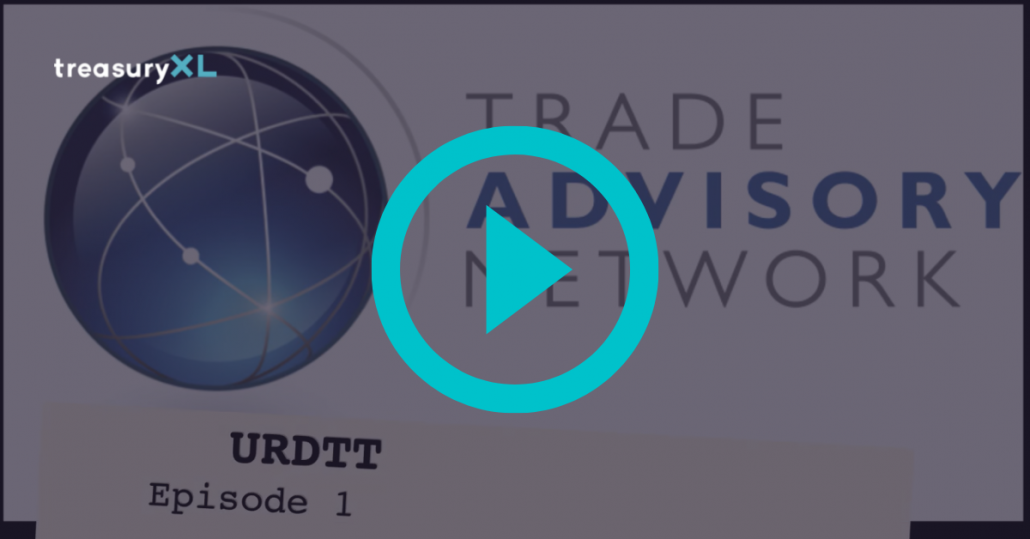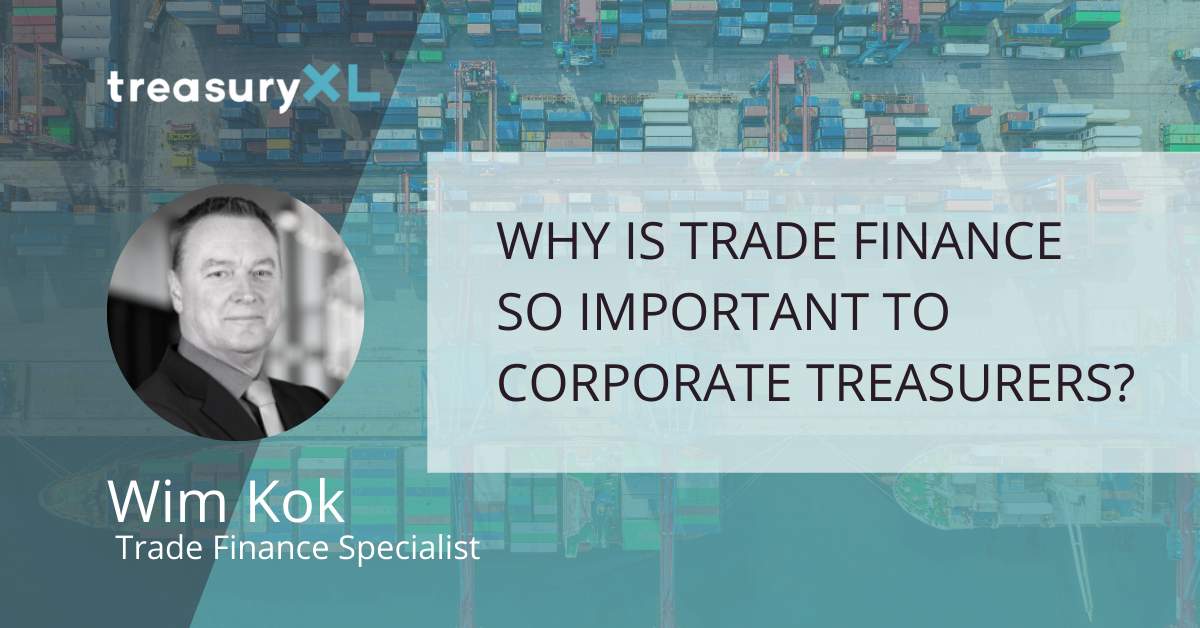31-01-2022 | Ernie Humphrey | treasuryXL | LinkedIn |
We are happy to introduce our newest treasuryXL expert, Ernie Humphrey.
Ernie serves as the CEO of Treasury Webinars. Over the past three years Treasury Webinars have delivered thought leadership webinars to over 15,000 treasury and finance leaders across the globe.
Ernie has extensive experience as a long-time treasury manager and previously served as the Director, Treasury Services at the AFP.

Ernie’s dedication within the treasury ecosystem has been awarded with an impressive list of recognitions over the last years. He keeps on learning and surprising us, this man sure doesn’t sit still. We are excited to welcome him into the treasuryXL community.
Curious to know more about Ernie and his adventures?
We asked him 8 questions, let’s go!
INTERVIEW
1. How did your treasury journey start?
Actually, it has been a fairly interesting journey. I started working as a marketing analyst at a fast- growing mid-market public company in Fort Wayne, Indiana, Franklin and Electric. When I first started I was “asked” to be in charge of the golf outings. I would interact with the CFO and Treasurer during the golf outings. I would let it be known to the CFO I would like to work for him as I was a bit “out of place” in product marketing.
After about a few golf outings, the CFO invited me to his office asked me whether I was seriously interested in a role in finance. At the time, they had an open vacancy for a treasury role as a Treasury Specialist. Their Treasury Department consisted of only one treasurer. At that time Franklin Electric had bank accounts in over 16 countries, over 5 continents and over 50 bank accounts. So, speaking about the start of my treasury journey, these were my first steps.
I think my start in treasury is an example which shows that it is important to have your brand out there. The CFO noticed that I could really bring people together at the golf outings, as everyone out there was having lots of fun. I had all people wearing all the marketing attire, so that was how I got my foot in the door.
2. What do you like about working in Treasury?
I think the biggest thing which made me like my work at Treasury at Franklin Electric was that no day was the same. We only had a small department, which made it possible to get really involved in almost everything. For instance, we were involved in global cash management, risk management and coordinated all the global insurance financial risk. I also enjoyed helping manage and administer the benefit plans of our company. We really had our footprint across the whole organization. Operating within multiple departments gives you a clear overview of a company. You get familiar with every department and every facet of the business. You really have your fingers in the pie and that’s very exciting.
3. What is your Treasury Expertise and what expertise gives you a boost of energy?
Well, the first thing I was really involved in was global cash management and I am still very versed in this area. Cash management has always been a passion of mine. I am always interested in what is going on, especially in terms of technology. Another topic which has always excited me is bank relationship management.
I used to work as Director of Treasurer Services at the Association for Financial Professionals (AFP) in Bethesda National. In this role, I was helping with managing the Bank Relationship management suite. As this was something near and dear to my heart, it is still something I love to talk about. When I speak on webinars and seminars of the AFP, relationship management is often involved. I still have an appetite for short-term investments and benefit plans of accounting administration.
During my last few years, I have really been focusing on treasury technology, as all the recent RPA and AI developments have help move treasury into a more strategic role. I have tried to stay on the forefront of these developments as it can really benefit Treasury.
And also really in advancing technology has empowered companies to take more control of cash through more visibility into the how and why of cash movements through AP and AR,. If AP and AR don’t report up to Treasury, I believe they should. Along those lines, also become involved in business partnering.
Lately, I have been creating and sharing quite a bit of treasury content. For example, I have spoken on my own and the webinars of other organizations and created surveys on how to impact the professional success of Treasury professionals. My latest content is mainly focused on how treasury professionals can really take control of their careers. For me, the foundation for a successful treasury professional is an impactful personal brand.
4. What has been your best experience in your treasury career until today?
Wow, that is kind of a tough one. I would say the things that were most valuable to me were:
- My time at AFP, I was in charge of the Retail Treasury Forum in New York City.
This was a big undertaking for me. I head to take control of an entire conference which was very exciting. It provided me opportunities to connect with treasurers and people from over 500 companies like Tiffany’s, Ikea, Big Five sports. The event went well and proved to me that I could take the challenge and collaborate with people who I looked up to. I managed to get people to work with me and follow my lead , so that was cool.
- Another thing which was really great is that I created and delivered the Treasury and Finance Virtual Forum.
I experienced this a couple of years ago. This was the first real virtual conference for finance professionals. Delivering a full-blown virtual conference had been really a dream of mine for a long time to accomplish. I made this happen as a one man show, as I organized and delivered the entire conference by myself. We had a tremendous number of registrations, the attendee feedback was amazing and it was a big success.
5. What has been your biggest challenge in treasury?
As a practitioner in Treasury, my biggest challenge has been just staying on top of my game. I try to engage with as many treasury and finance leaders as possible to make sure I stay on top of my game and help them to do the same.
Also, every day I try to spend some time networking. Networking is something where I invest my time and I think everyone should do that. Next, I think it is also important for me to deliver relevant content that offers value to the world of treasury. Furthermore, be professional, stay connected and know what is going on in treasury and why.
6. What’s the most important lesson that you’ve learned as a treasurer?
There are a couple of lessons I have learned in interacting with thousands of treasury professionals over the past several years. The first thing that comes into my is: to listen. Really listen to what other people saying, before you should respond.
Also, don’t forget that we are all humans. Nobody is perfect, and we all make mistakes. That it is all right to be yourself at work. You should be authentic, no matter what. And as a leader, you should be empowering other people in accomplishing their goals.
7. How have you seen the role of Corporate Treasury evolve over the years?
The evolution of the treasury function is depended on mainly two big things:
- First thing which I noticed is that treasury professionals need to be more social.
I try to educate treasury professionals about this by doing a lot of public speaking about this topic. For instance, how do you collaborate across your department right within treasury? How do you collaborate with colleagues in accounting , HR, marketing and sales? It is really important to communicate with different departments. You have to communicate effectively in order to collaborate effectively. I have had to learn that the hard way as I did not have much of guidance. Treasurers need to know that social communication is a valuable resource for them. You need to be trusted by others, but also have trust in others. My advice is to let other people know you, and you should invest in getting to know them.
- Also, keep up to date with the newest technologies within treasury.
We see a lot of advantages within treasury. The current developed technologies make it able for us to re-allocate more time and value to all our working activities. Therefore I am always keep an eye on the recent technology advancement that could makes its way to treasury.
8. What developments do you expect in corporate treasury in the near and further future?
Back in the day, technology had been a competitive advantage for the Treasury Department at a fortune 100 company, and that is no longer the case. I think, that in the near future we are going to continue seeing a focus on developing social soft skills. Also embracing technology will be important. A little bit further in the future, it will be interesting to see how things like Bitcoin and blockchain will make their way into Treasury. For example, will there be big differences in adoption in the US versus the rest of the world? Again, treasury is very exciting, as it is always changing.
Concluding, I am always looking for possibilities to learn, as learning is a way of living for me. Thanks you for having me!
Ernie was a driving force behind Proformative, formerly the largest community of Finance professionals, which grew from 500 to 30,000 during his tenure. He has authored published articles on working capital management, performance management budgeting & planning, acquisition integration, and bank relationship management in addition to articles dealing with several aspects of professional development. His e-book focused on career management was recognized as one of the Top 10 e-books for CFOs in 2018. Ernie was named one of the Top 20 Pioneering CEOs by Tech Magazine in 2020. Ernie has a BS and MS in Economics both from Purdue University, and currently serves on the Board of Directors of the Purdue Alumni Association and as the President of the AFP of Indiana (AFP-IN). Ernie is a Certified Treasury Professional and is a sought-after public speaker.
Get in touch with Ernie
Click here for his Expert Profile
Thanks for reading!

Kendra Keydeniers
Director Community & Partners, treasuryXL


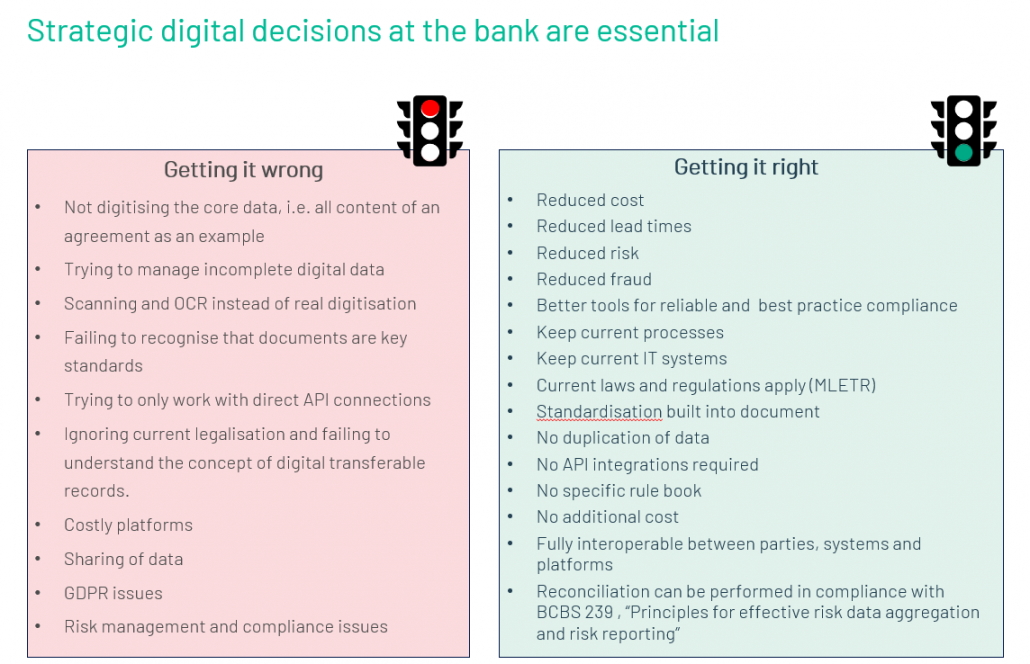
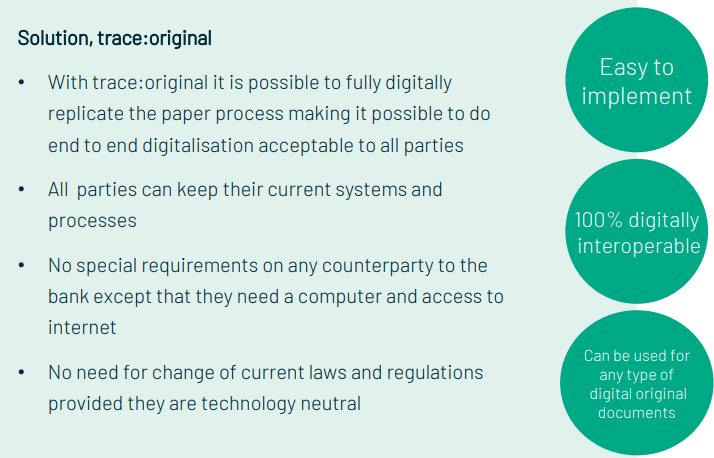


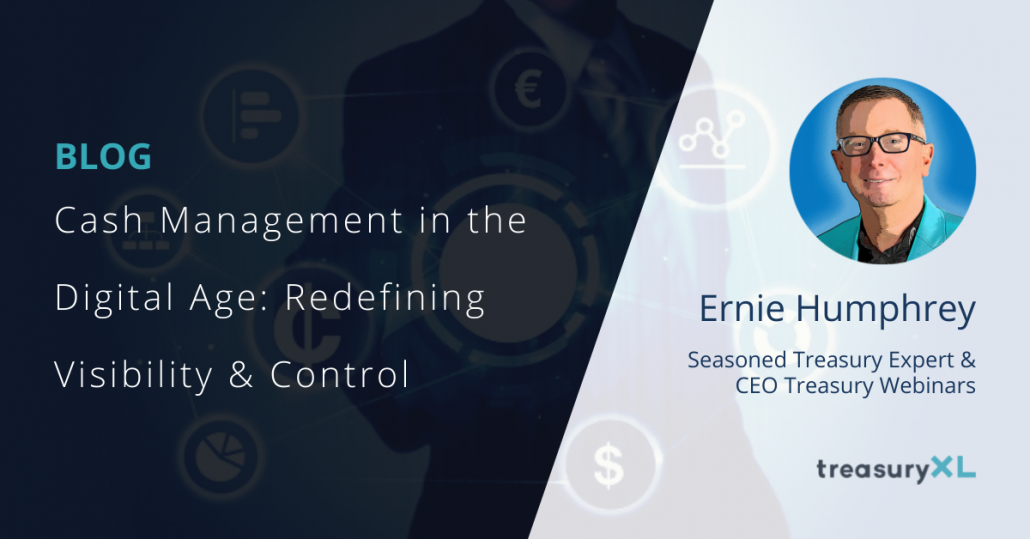
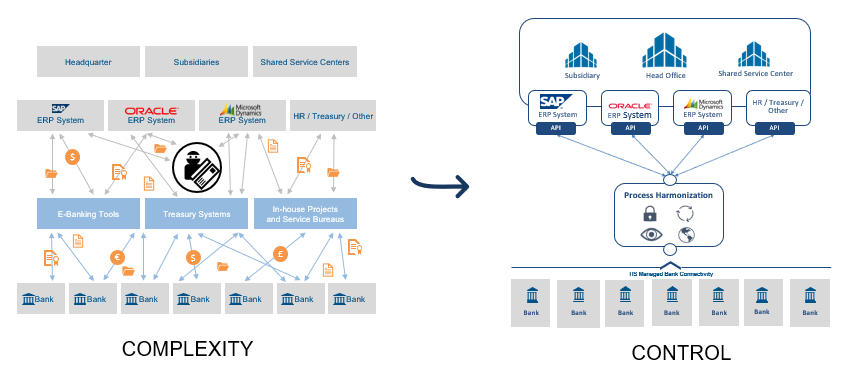
 Given more focus of investors on free cash flow and advances in technology relative to accounts payable and accounts receivable management, CFOs have given more attention to accounts payable and accounts receivable. This has meant that accounts payable and accounts receivable are no longer allowed to run in silos or viewed as purely back-office functions. At many companies, accounts payable and accounts receivable are collaborating much more with treasury professionals, and in some cases reporting up to treasury leaders.
Given more focus of investors on free cash flow and advances in technology relative to accounts payable and accounts receivable management, CFOs have given more attention to accounts payable and accounts receivable. This has meant that accounts payable and accounts receivable are no longer allowed to run in silos or viewed as purely back-office functions. At many companies, accounts payable and accounts receivable are collaborating much more with treasury professionals, and in some cases reporting up to treasury leaders.
